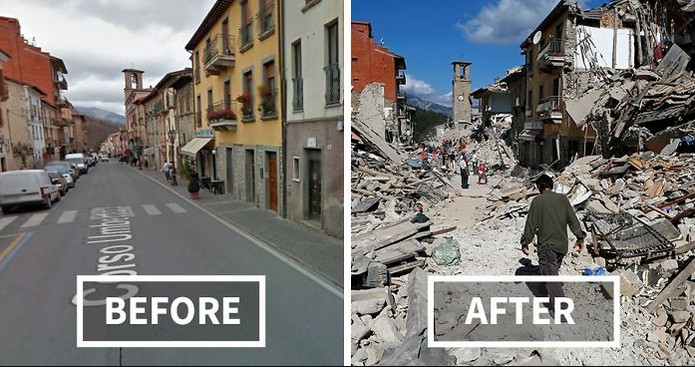
 The events were on 24 August (6.2), 26 October (6.1) and 30 October (6.6). They have all happened in a relatively small area of central Italy, about halfway between Rome and the Adriatic port of Ancona.
The events were on 24 August (6.2), 26 October (6.1) and 30 October (6.6). They have all happened in a relatively small area of central Italy, about halfway between Rome and the Adriatic port of Ancona.  “Italy is one of the countries in the Mediterranean with the highest seismic risk,”. The country lies where the African and Eurasian tectonic plates converge. They are moving together at a rate of 4-10mm a year.
“Italy is one of the countries in the Mediterranean with the highest seismic risk,”. The country lies where the African and Eurasian tectonic plates converge. They are moving together at a rate of 4-10mm a year. “The highest seismicity is concentrated in the central-southern part of the peninsula, along the Apennine ridge, in Calabria and Sicily and in some northern areas, like Friuli, part of Veneto and western Liguria,”.
“The highest seismicity is concentrated in the central-southern part of the peninsula, along the Apennine ridge, in Calabria and Sicily and in some northern areas, like Friuli, part of Veneto and western Liguria,”. The deadliest documented earthquake in Europe was on 28 December 1908, when a 7.0 magnitude earthquake in the Messina Strait killed 72,000 people. The only part of Italy with no significant seismic events is the island of Sardinia.















